Designing a retraining scheme that meets user needs

...likely to have been to university or to have achieved higher vocational qualifications. They’re likely to be the people least able to find new and better jobs. We think there’s...

...likely to have been to university or to have achieved higher vocational qualifications. They’re likely to be the people least able to find new and better jobs. We think there’s...
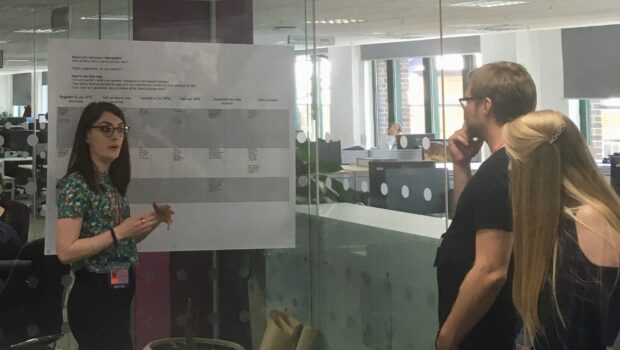
...To be a successful service Send data to DfE needs to work for all our users. We’re working hard to understand and respond to what our users need. We have...
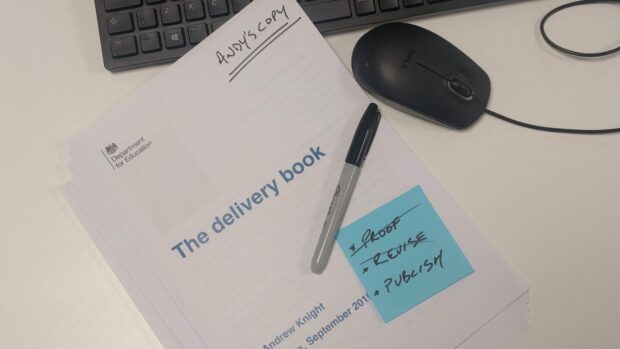
...page. The Delivery Book provides you with the tools to take an idea and develop it into a policy or service designed around the needs of the people who'll use...

...the country - from Dartford to Durham - to talk to its main users. Candidates use it to set out the qualities, interests and ambition they could bring to the...
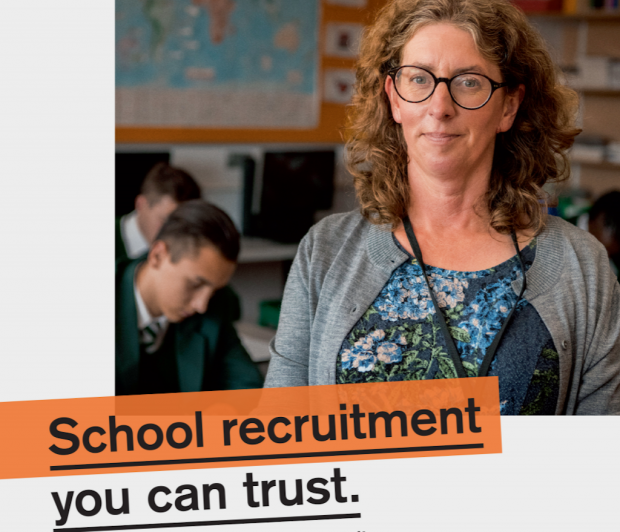
...need to use our service. What's next? We’ll continue to use search and social media channels to promote the service. And we'll review and tailor our content, messages and campaign...
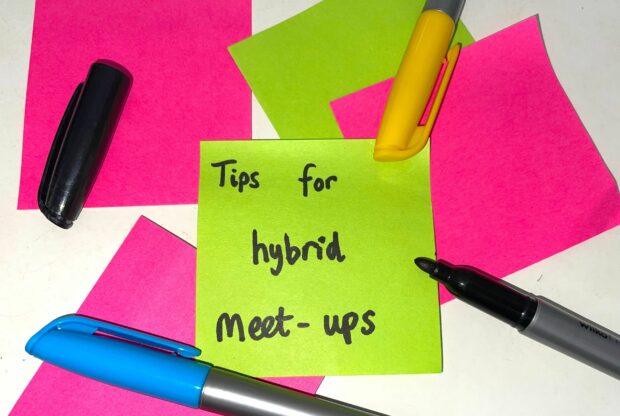
...expected contribution is in advance 4 Test the technology, equipment and tools before the event with both online and in-person participants 5 Use technology to make things better for everyone,...
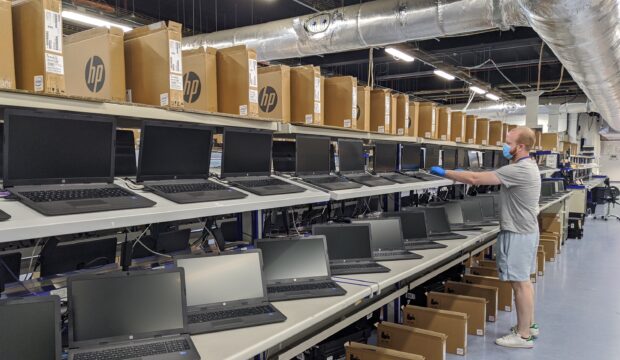
...decided to adapt is by mixing up how we lead digital in the organisation. We’ve rearranged what we do into 5 areas of work, and we’ve created a new role...
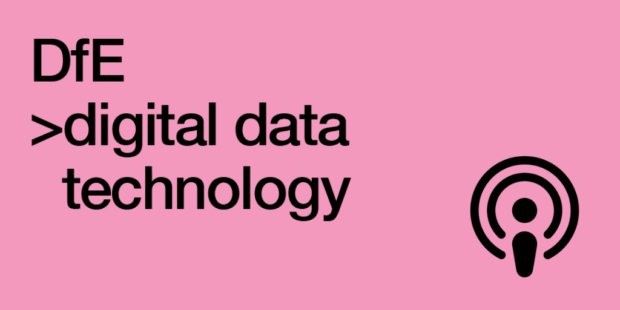
...the difference between equality on the left, and equity on the right. It’s well known that diverse teams build better services, and here Clara gives her tips on how to...
...to get early insight into government work. It helps local authorities in planning our own innovation. Working together has enabled us to improve the offer to families at a local...
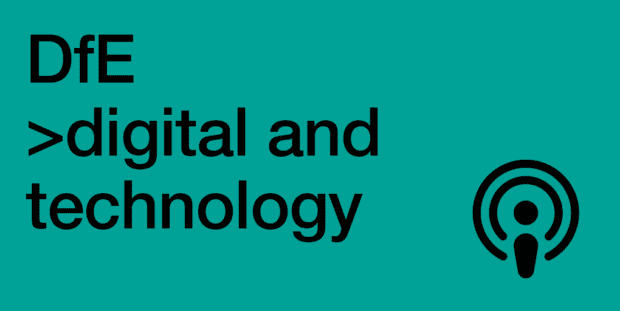
...roles. Here she shares her advice on how to get to the interview stage - and offers a unique perspective as a panel member. Let us know what you think....
Recent Comments